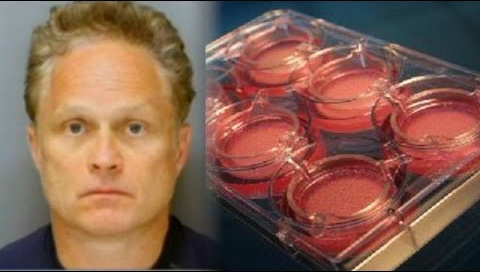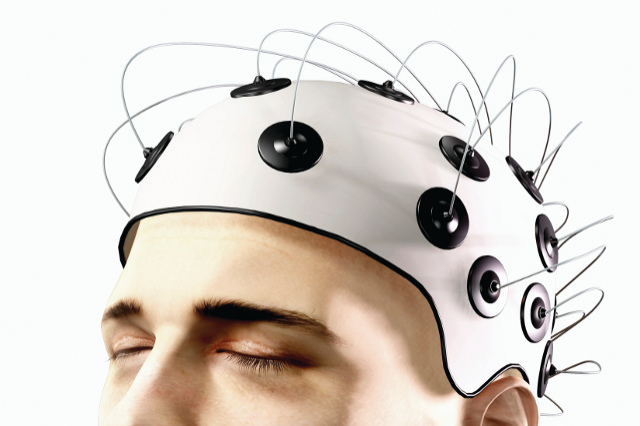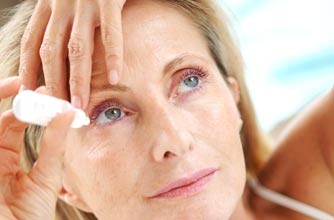FDA taking another look at mercury in seafood
The Food and Drug Administration is updating its advice for pregnant women on the appropriate levels of mercury in seafood. Commissioner Margaret Hamburg says the agency won’t require mercury labels on seafood packages.
In a wide-ranging interview Friday with The Associated Press, Hamburg said the agency will update guidance on mercury in different varieties of seafood and what that means, a long-awaited move aimed at helping women better understand what to eat when they’re pregnant.
“It’s an advisory, not an effort to mandate labeling,” Hamburg said. “Different seafood products do contain different levels of mercury, and so different seafood products can be rated in terms of levels of mercury.”
Eating fish is part of a heart-healthy diet, and many types are good sources of omega-3 fatty acids that are important for brain development.
But fish also can absorb small amounts of mercury, a neurotoxin, from streams and oceans — and a small number of varieties harbor higher levels.
For most people, accumulating mercury from eating seafood isn’t a health risk. But for a decade, the FDA has warned that pregnant women, those who may become pregnant, and young children avoid certain types of high-mercury fish because of concern that too much could harm a developing brain.
Consumer groups have sued the agency, saying the warnings weren’t clear enough about what to avoid, and seeking labeling to help so that shoppers wouldn’t have to remember which products are OK during pregnancy or for youngsters.
“We can’t ask consumers to memorize two different lists of fish,” said Caroline Smith DeWaal of the Center for Science in the Public Interest, one of the groups that sued.
DeWaal said the new advisory will be an improvement if it gives consumers better information, especially if that information could be kept at fish counters in grocery stores and retail outlets.
The seafood industry says the government shouldn’t look at mercury by itself, but at the benefits of seafood. Jennifer McGuire of the National Fisheries Institute says the original FDA guidelines warning against some types of fish for pregnant women just served to decrease overall seafood intake.
“That would be very concerning if there was a ‘good fish, bad fish’ list,” she said.
The government’s 2010 Dietary Guidelines incorporated FDA’s warnings to say that pregnant or breastfeeding women should consume 8 to 12 ounces of a variety of seafood per week. But it said they should not eat tilefish, shark, swordfish and king mackerel because of the mercury content and it advised limiting white albacore tuna to six ounces a week.
On other food-related issues, Hamburg said deciding which businesses will have to post calorie labels has been “one of the more complex undertakings of my tenure as FDA commissioner.”
The food industry is closely watching FDA to see which establishments are included in final menu labeling rules, which are expected this year. Congress required the labels in 2010 health overhaul, and supermarkets and convenience stores have lobbied aggressively since then to be excluded. But the restaurant industry says that all establishments serving prepared foods should have to post the labels.
She said the increasing amount of caffeine in a whole range of foods “has gotten our attention and concern” and that the agency needs to better understand the role of the stimulant in non-traditional products, especially on children. She said the science is not absolutely clear about its effects.
The agency is investigating the safety of energy drinks and energy shots, prompted by consumer reports of illness and death. FDA is also looking at caffeine in food as manufacturers have added caffeine to candy, nuts and other snack foods in recent years.
On genetically modified foods, Hamburg reiterated her support for voluntary labels, and said a “considerable amount of scientific study” does not suggest the kinds of public health concerns that some consumers have worried about. Advocates for GM labeling have been pushing state laws that require the labels.
As such, she says she does not believe FDA should have to do a mandatory safety review of all engineered foods. FDA now reviews the safety of GM animals, but has a voluntary review for companies that want to sell modified crops for consumption.
Source: news press now



















